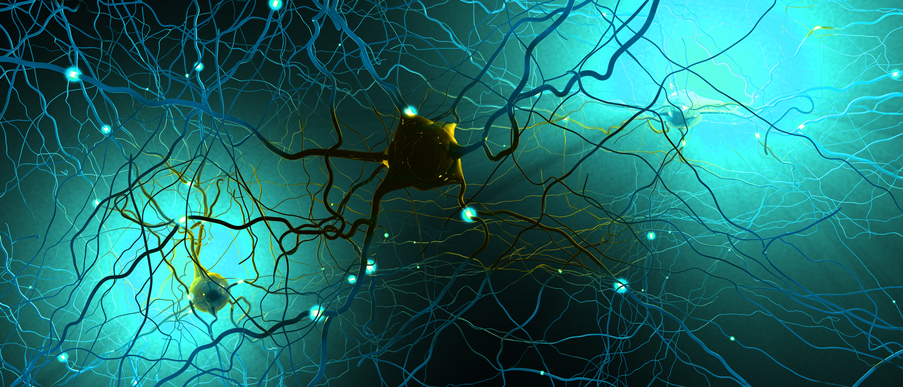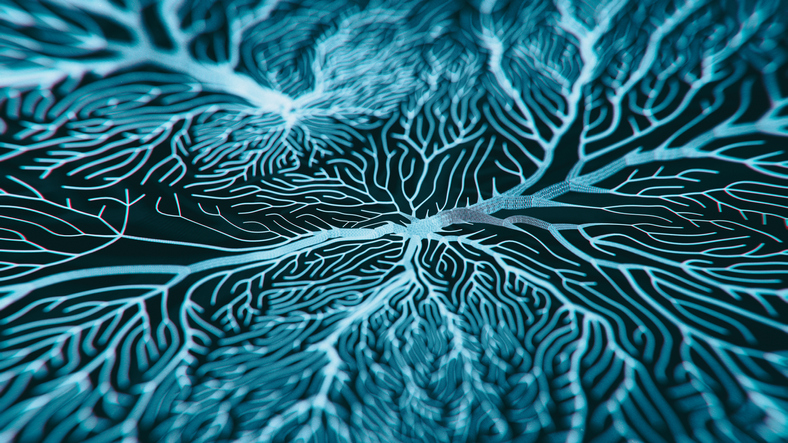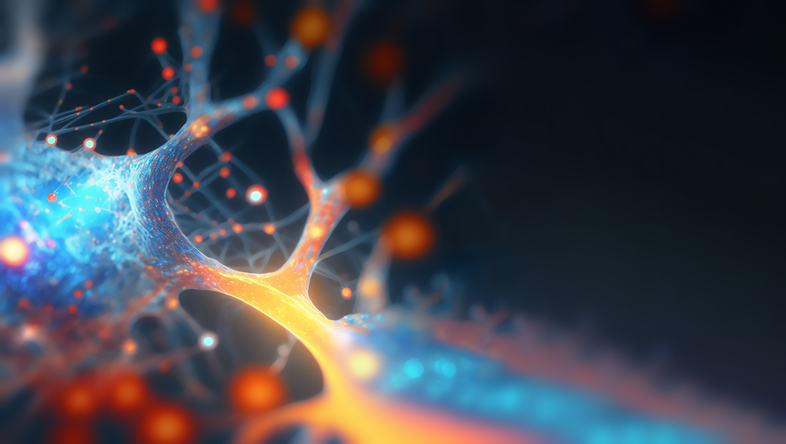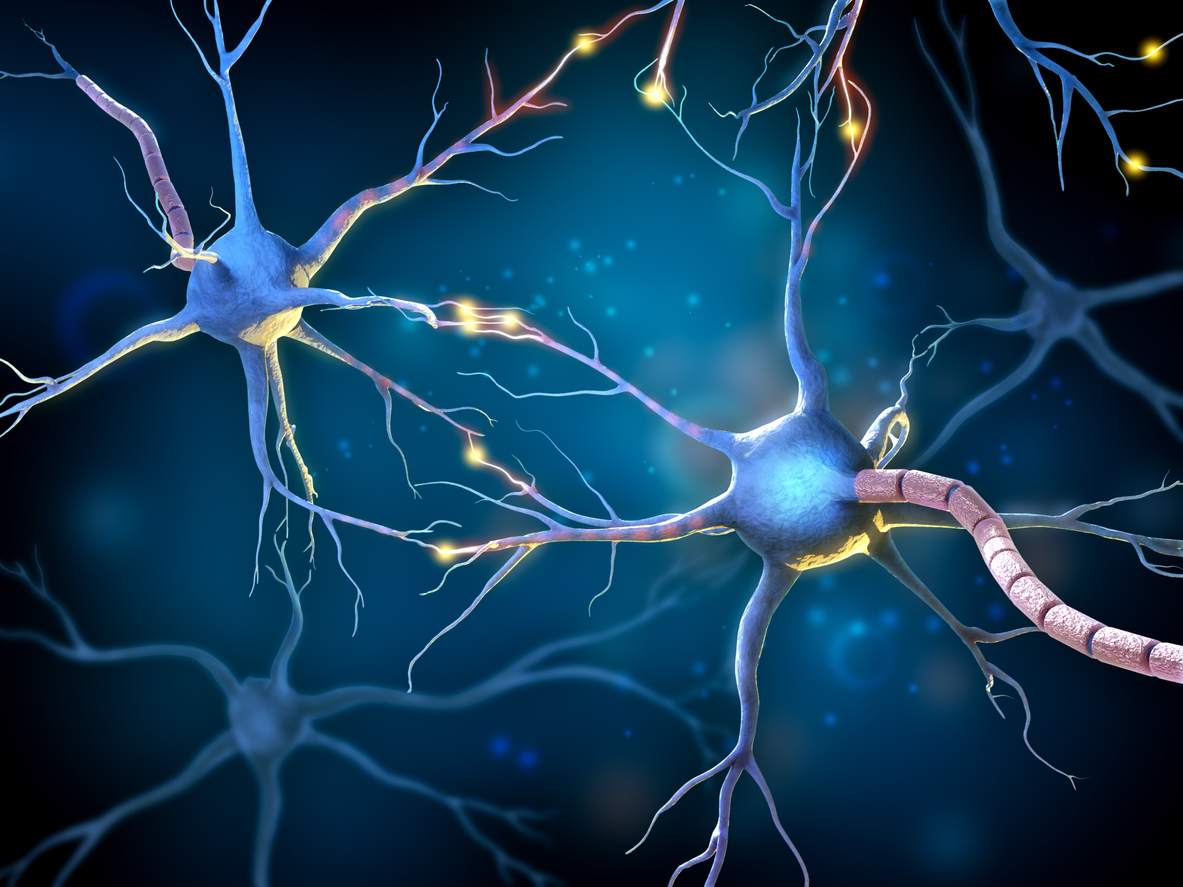Pain
Occipital Neuralgia

What is occipital neuralgia?
Occipital neuralgia is a rare disorder that presents as a distinctive headache. Pain is often felt in the upper neck, base of the head, or behind the ear and usually occurs on one side. Some may also feel pain in the scalp, forehead, or behind the eye.
Occipital nerves are located on each side of the head and run from the top of the spinal cord through the scalp. Occipital neuralgia occurs when these nerves become inflamed, injured or irritated. Although the pain may be compared to migraine pain, occipital neuralgia attacks appear suddenly with intense pain that last up to a few minutes. Stroking or brushing the hair can trigger an attack. .
Symptoms
Symptoms of occipital neuralgia include, but are not limited to, the following:
- Pain behind the eye
- Scalp sensitivity
- Pain that shoots from the back of the skull toward the eye
- Numbness of the affected area
- Pain on one side of the head
- Sensitivity to light
- Pain when moving the neck
- Sharp, throbbing or burning pain that starts at the base of the head and moves towards the scalp
Although the most severe symptoms of occipital neuralgia are brief, the pain is generally very powerful and sharp. However, occipital neuralgia is not life-threatening.
Causes
Although pressure or irritation to the occipital nerves can cause occipital neuralgia, oftentimes, a specific cause is not determined. Causes of occipital neuralgia include, but are not limited to, the following:
- Trauma to the back of the head
- Pinched nerve near the bottom of the neck
- Injury
- Skull surgery
- Osteoarthritis
- Infection
- Blood vessel inflammation
- Neck muscle tightness or tension
- Tumor in the neck
- Gout
- Cervical disc disease
- Diabetes
- Prolonged periods of tilting the head downward or forward
Risks
Although occipital neuralgia can affect anyone, certain conditions increase the risk of developing it. They include the following:
- Degenerative disk disease (DDD)
- Diabetes
- Gout
- Osteoarthritis of the upper spine
- Vasculitis
Diagnosis
No single test exists that can give an absolute diagnosis of occipital neuralgia. A health care professional will gather a health history and perform a thorough physical examination. An exam typically includes pressing firmly along the occipital nerves to determine if the pain can be reproduced. A physician may perform an occipital nerve block; in which case, if the pain subsides, a diagnosis of occipital neuralgia is determined.
Treatment
Treatment for occipital neuralgia typically includes the following:
- Rest
- Massage therapy
- Heat therapy
- Muscle relaxants
- Anti-inflammatory medication
- Steroid injections
If further treatment is required, occipital release surgery may be performed. This is generally an outpatient procedure in which a small incision is made at the location of the occipital nerve; the nerve is then released from the tissue or muscle that is compressing it. This surgery has proven to be successful, and full recovery ranges from one to two weeks. If no relief is given from the occipital release surgery, further surgery may be required as a last resort. Additional surgery would include cutting the occipital nerve, which would result in permanent scalp numbness.

















